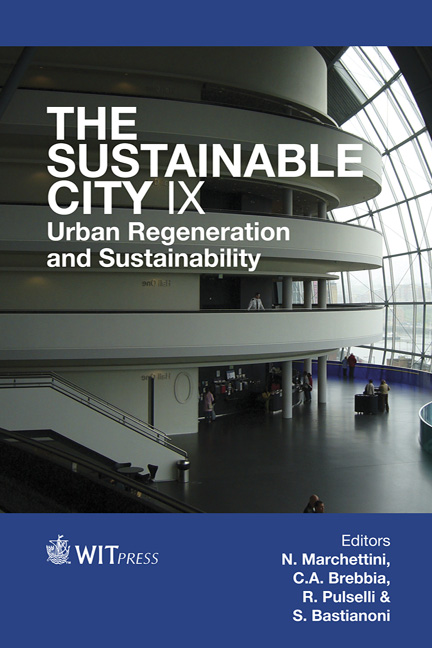A System Of Synthetic Indicators For The Diagnosis Of Regulated Tourist Areas Of The Valencian Coast
Price
Free (open access)
Transaction
Volume
191
Pages
11
Page Range
259 - 269
Published
2014
Size
313 kb
Paper DOI
10.2495/SC140221
Copyright
WIT Press
Author(s)
R. Temes
Abstract
This paper is a partial result of the Research Project ‘Strategies for sustainable regeneration in tourism settlements on the Mediterranean Coast (ERAM)’ (ref. BIA2011-28297-C02-01) Spain National Plan of Research, 2011. The line of work presented aims at assessing the potential for regeneration of the tourist settlement of the Valencian coast. For this purpose, the methodology employed is the multiple-criteria decision analysis (MCDA) divided into 4 levels: economic dynamics of coastal towns, quality of facilities offering tourist settlements, quality and maintenance of buildings of tourist areas, and impact and vulnerability of the tourist areas on the environment. The research is carried out with a territorial perspective focused on the 68 coastal towns of the Valencian Community (CV) where more than 12.5% of the GDP is achieved. This research developed a set of indicators such as the ’synthetic index of diversity and tourism resources’, ’synthetic index of hotel quality’, and others that are shown as partial conclusions of the high regeneration potential in the tourist towns, especially in the province of Castellón. One of the principal database used in the research has been ‘Winsitur’, the Tourist Information System of the CV (2011). Research shows, on the one hand, that the regeneration of the coastal touristic settlements of the CV is an opportunity to maintain a high economic activity that tourism brings to this community and, secondly, to make it compatible with the environmental conditions.
Keywords
sustainable regeneration, developed touristic destinations, touristic indicators, touristic diagnosis, Valencian community





